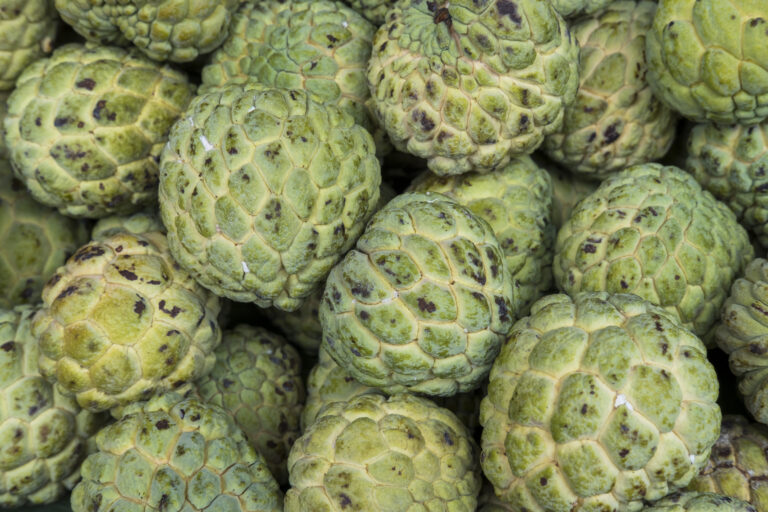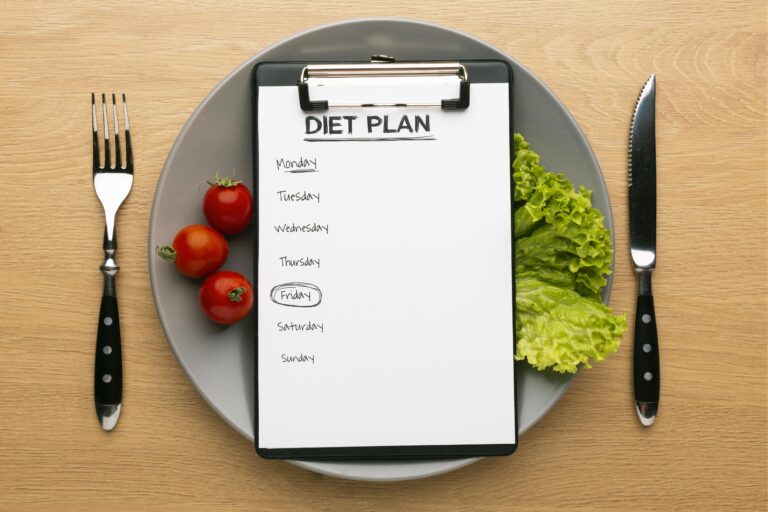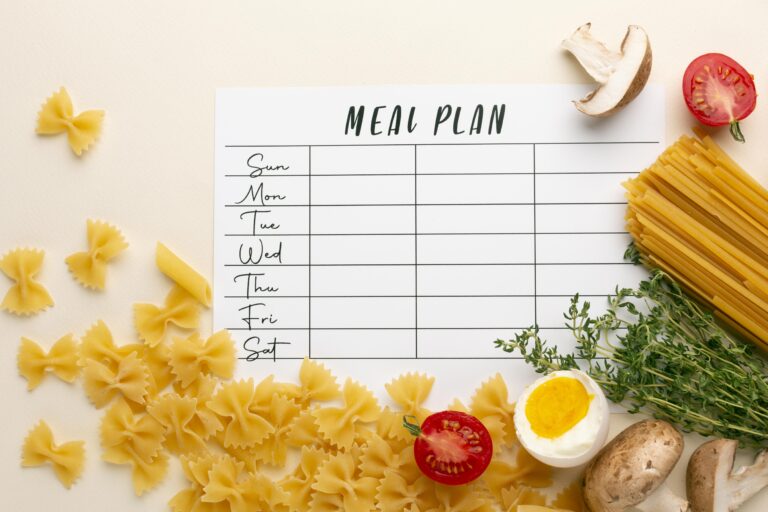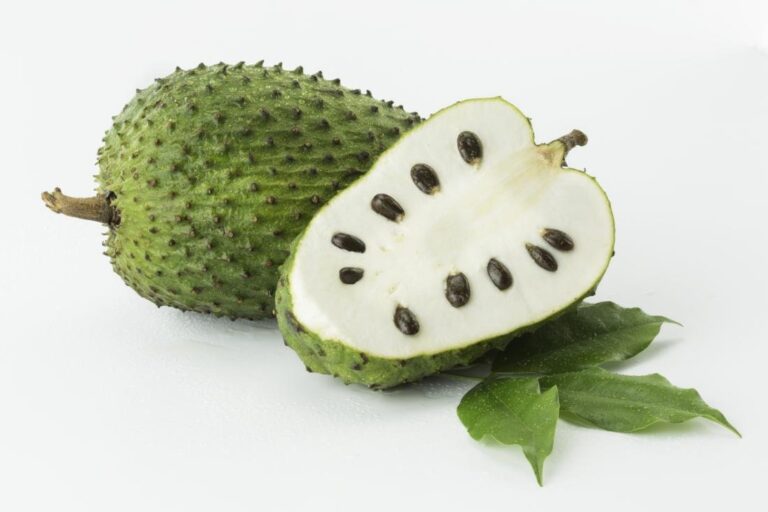Whether you have celiac disease, gluten sensitivity, or simply want to embrace a healthier lifestyle, embarking on a gluten-free journey can be both rewarding and challenging.
This comprehensive guide will walk you through the essential steps of adopting a gluten-free diet plan for beginners.
What is Gluten?
Before delving into the specifics of a gluten-free diet plan for beginners, let’s understand what gluten is. Gluten is a protein that is found in wheat, barley, rye, and derivatives of these grains.
It’s responsible for the elasticity and texture of many of our favorite foods, like bread, pasta, and baked goods.

Why Go Gluten-Free?
One of the primary reasons people adopt a gluten-free diet is due to gluten sensitivity or celiac disease. Celiac disease is an autoimmune illness in which gluten consumption causes damage to the small intestine.
Gluten sensitivity, on the other hand, may not cause severe damage but can lead to uncomfortable symptoms such as bloating, fatigue, and digestive issues.
7 Day Gluten-Free Diet Plan For Beginners
Creating a gluten-free diet plan for beginners is essential to help you navigate the world of gluten-free eating successfully. Here’s a week-long meal plan from Monday to Sunday to get you started:
Monday

Breakfast:
- Scrambled eggs with spinach and tomatoes
- Fresh fruit salad
Lunch:
- Quinoa and steamed broccoli with grilled chicken breast
- Mixed green salad with a gluten-free vinaigrette
Dinner:
- Baked salmon with roasted sweet potatoes
- Steamed asparagus
Tuesday

Breakfast:
- Greek yogurt with honey and berries
Lunch:
- Turkey and avocado lettuce wraps
- Carrot sticks with hummus
Dinner:
- Beef stir-fry with a gluten-free soy sauce and mixed vegetables
- Brown rice
Wednesday

Breakfast:
- Omelette with mushrooms, bell peppers, and cheese
- Sliced oranges
Lunch:
- Quinoa salad with chickpeas, cucumber, and feta cheese
- Balsamic vinaigrette
Dinner:
- Grilled shrimp skewers served with quinoa on the side
- Steamed green beans
Thursday

Breakfast:
- Smoothie with banana, almond milk, and a scoop of gluten-free protein powder
Lunch:
- Mixed greens, gluten-free crackers, and tuna salad
Dinner:
- Roasted chicken thighs with mashed potatoes (made with dairy-free milk and butter)
- Steamed broccoli
Friday

Breakfast:
- Gluten-free oats with almond milk, chia seeds, and berries
Lunch:
- Spinach and strawberry salad with grilled chicken
- Balsamic vinaigrette
Dinner:
- Baked cod with quinoa and sautéed spinach
Saturday

Breakfast:
- Gluten-free pancakes with maple syrup and fresh berries
Lunch:
- Grilled vegetable and quinoa stuffed bell peppers
Dinner:
- Beef or veggie chili with cornbread (made with gluten-free cornmeal)
Sunday

Breakfast:
- Scrambled eggs with smoked salmon and gluten-free toast
Lunch:
- Lentil soup with a side salad
Dinner:
- Grilled steak with roasted potatoes and asparagus
Sticking to this gluten-free meal plan should help you get started on your gluten-free journey. Additionally, consulting with a healthcare professional or registered dietitian can provide personalized guidance and support for your dietary needs.
Benefits Of Gluten-Free Diet Plan For Beginners
A gluten-free diet has several potential benefits, primarily for individuals who have gluten-related disorders or sensitivities. Some of the main advantages of a gluten-free diet are as follows:
- Relief from Digestive Issues: Individuals with celiac disease or non-celiac gluten sensitivity often experience digestive symptoms like abdominal pain, bloating, diarrhea, and constipation. Eliminating gluten from their diet can alleviate these symptoms.
- Treatment for Celiac Disease: For those with celiac disease, a gluten-free diet is the only known treatment. It helps to heal the damage done to the small intestine caused by gluten consumption and prevents further complications.
- Improved Nutrient Absorption: Celiac disease can lead to malabsorption of essential nutrients like iron, calcium, and B vitamins. A gluten-free diet can restore normal nutrient absorption, preventing nutrient deficiencies.
- Reduced Inflammation: Some individuals with gluten sensitivity may experience chronic inflammation when they consume gluten. Eliminating gluten can reduce inflammation levels in these cases.
- Weight Management: Adopting a gluten-free diet may lead to weight loss for some individuals, especially those with celiac disease who were previously underweight due to malabsorption. However, it’s important to note that gluten-free processed foods can sometimes be higher in calories and sugar, so maintaining a balanced diet is crucial for overall health.
People without gluten-related disorders should not eliminate gluten from their diet unless advised to do so by a healthcare professional.
Moreover, it’s essential to maintain a balanced gluten-free diet by choosing naturally gluten-free foods like fruits, vegetables, lean proteins, and gluten-free grains like quinoa and rice.
Learn more about Gluten-Free Foods.
I hope you got the answer to your query (Gluten-Free Diet Plan for Beginners). Check out our more blog posts and articles by clicking here.














